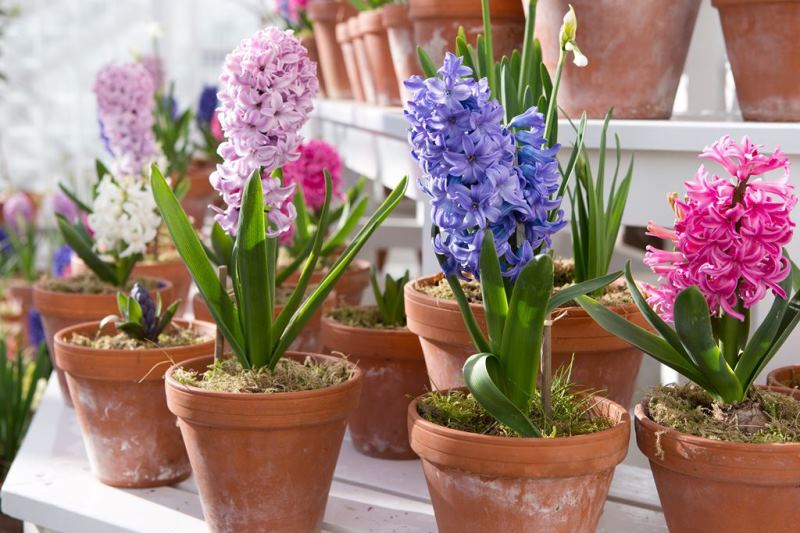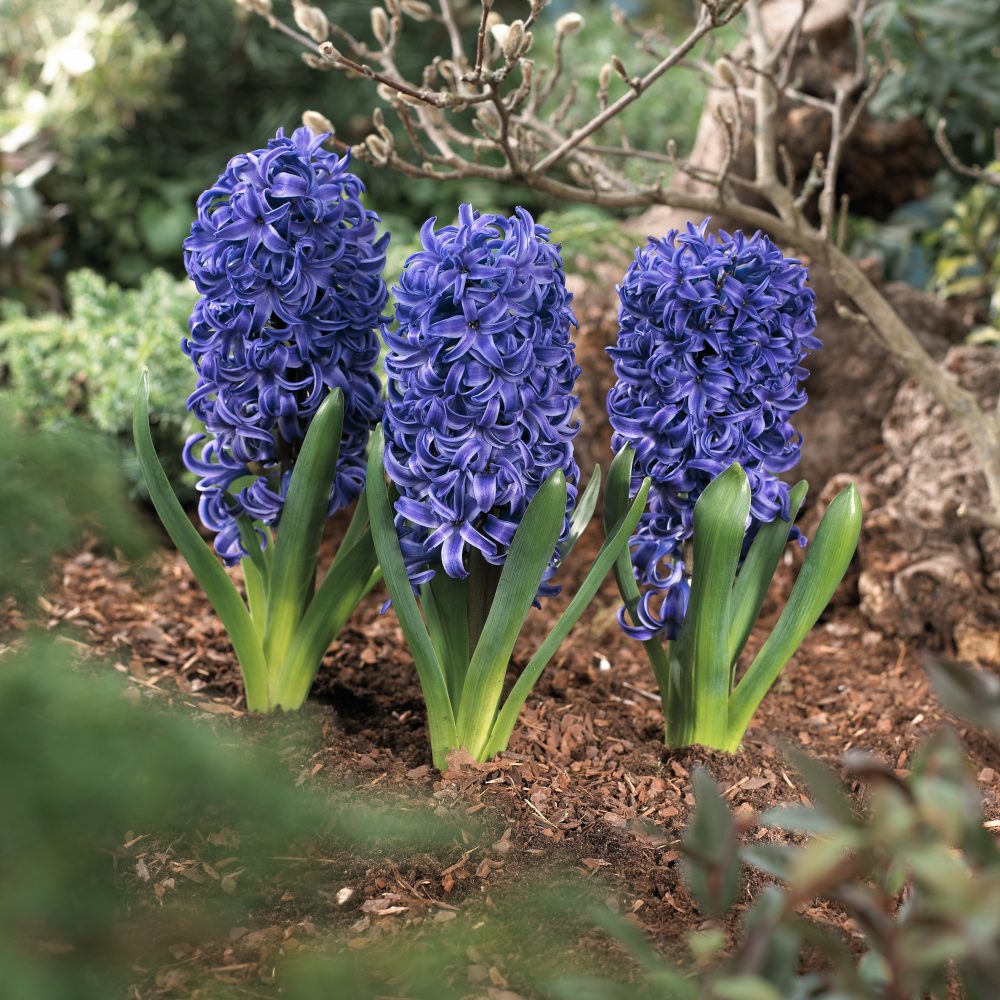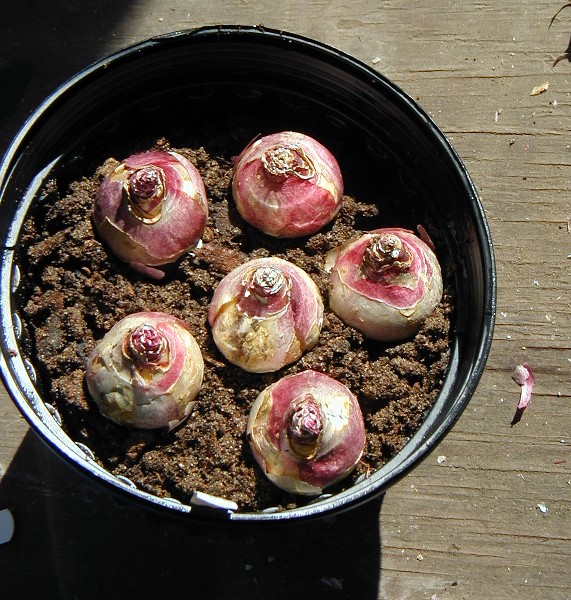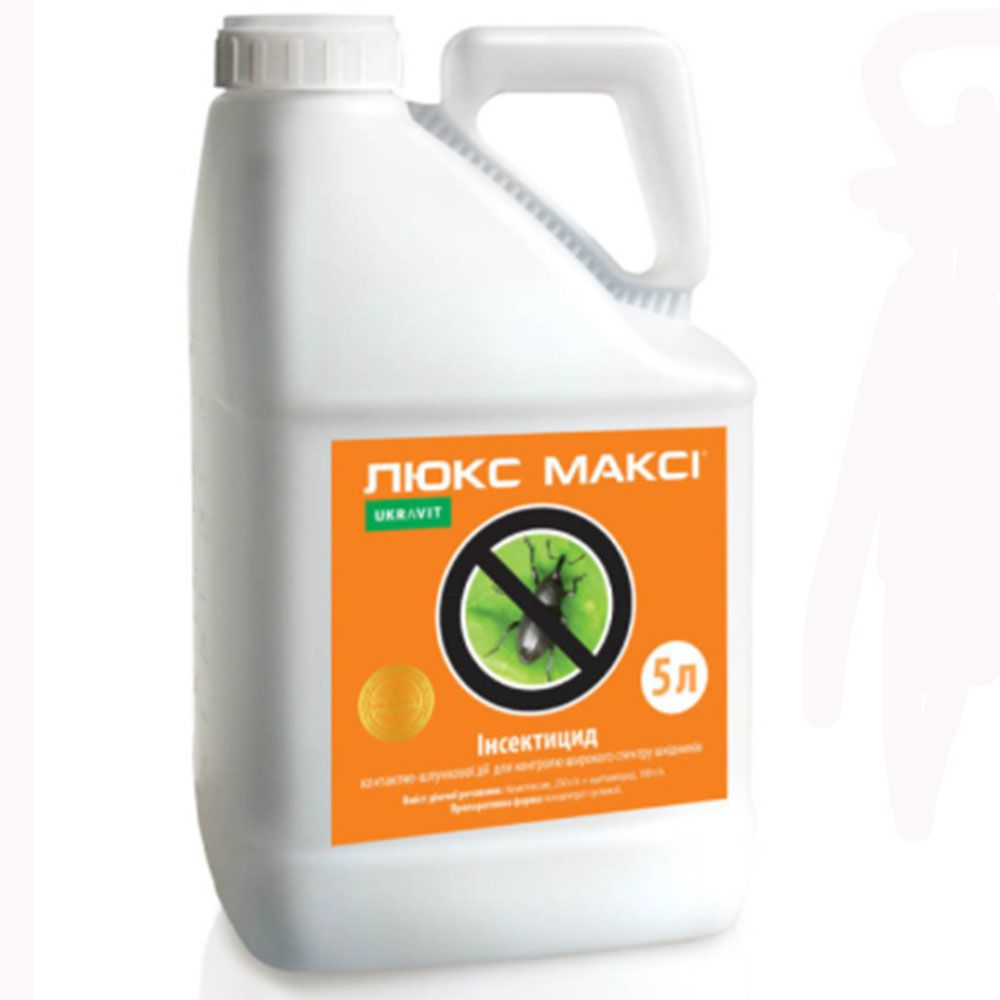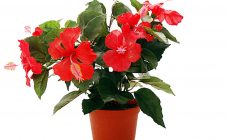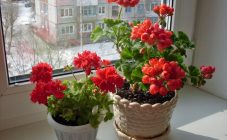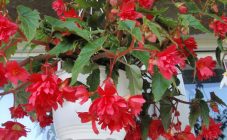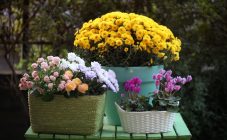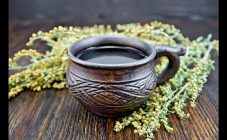Content:
Hyacinth is a bright and at the same time delicate flower, capable of falling in love with itself at first sight. The history of this plant is more than half a thousand years old. Territories of origin - Mediterranean, southern Asia, North Africa. In these places, wild species, the ancestors of modern flower varieties, are still preserved.
In the homeland of hyacinths, this amazing plant is very much loved and respected, there are many beautiful legends about its birth. And the name of the hyacinth is romantic, twisted with riddles. It translates as "rain flower" or "flower of sorrow".
Despite its ancient history, hyacinth became widespread after it entered the countries of Europe. The Europeans liked the flower so much that active work began on the development of new varieties. Dutch breeders have become especially productive in this direction. In a relatively short period of time, about 300 varieties of hyacinth appeared, and, given the high demand, their number will only increase.
Hyacinth as a houseplant
Hyacinth is a bulbous perennial from the Asparagus family. He is one of the first heralds of spring among garden flowers. According to its characteristics, this plant can be short or tall. The structure is quite simple - a rosette of oblong green leaves, between them a peduncle is formed, on which a cone-like inflorescence is placed. This inflorescence is composed of many small flowers in the form of bells, a wide variety of colors: delicate pastel and bright saturated colors.
Among the abundance of varieties of hyacinths, there are 3 main types:
- ü Transcaspian. Tall view. Known for having two peduncles. The color scheme is dominated by light blue shades.
- ü Litvinov. Cultivated as an annual plant. The flowers are large enough, mostly purple, blue and greenish.
- ü Eastern. The most common type. It stands out not too large, thin peduncle, graceful flowers of various colors.
For growing hyacinth in the house, it is the oriental species that is used.
A valuable feature of hyacinth is the ability to distill these flowers at the right time of the year - this is a very beautiful and effective gift. Especially in winter, when few plants bloom. It is in order to please those close to you with bright flowers, to give a little warmth and freshness in the cold season, hyacinths are grown as indoor flowers.
Hyacinth home flower care
When deciding to grow this garden plant in the house, a calendar is created for it: the period of rest, the time of flowering, is determined. Therefore, this process should be treated responsibly, otherwise the flower will not be able to please with high-quality flowering.
Home care for hyacinth flowers can be roughly divided into several stages.
Preparing to disembark
It implies performing several actions:
- The choice of planting material is the basis of the future flower. A high-quality bulb should be smooth, dense, without damage, with formed scales.Size is also quite important: it is recommended to choose a bulb of at least 5 cm in diameter. It is better to make a purchase in specialized stores, which can guarantee the quality of the material.
If there is an opportunity to prepare the onion yourself, you should adhere to several rules:
- ü Dig up the bulbs at the end of June - July for further ripening.
- ü Dry the planting material at a temperature of about 30 degrees for one to two weeks.
- ü Bulbs are checked again, high-quality bulbs are selected and until planting are placed in a dry, dark place with an air temperature of no higher than 15-17 degrees.
- Soil preparation. Hyacinth prefers light, neutral soils. For planting, you can mix fertile soil with peat and sand. Ready-made peat mixtures are excellent for growing flowers.
- Preparation of containers. For planting hyacinths, it is best to choose shallow but wide pots with large drainage holes. The dimensions of the containers should be calculated so that the distance from the bulb to the wall of the pot is at least 2 cm.
Planting hyacinth
If hyacinth is planted for forcing - getting flowers, by a certain date, the planting time should be correctly calculated. The plant blooms 3 months after planting. So, to get a flower in January, you need to plant hyacinth in September.
Hyacinth planting process:
- ü Drainage in the form of fine gravel is placed at the bottom of the pot. A ball of soil and sand is poured on top (to prevent roots from sticking).
- ü A bulb is laid out on the surface, carefully covered with soil. Moreover, its top does not need to be sprinkled completely, it must be above the ground level.
- ü The soil is well moistened.
After planting the hyacinth, it is necessary to ensure winter conditions: the pot is wrapped with opaque paper and placed in a dark, cool place with a constant air temperature of no more than 5 degrees. A basement or lower shelf of a refrigerator is suitable for this. In this state of dormancy, hyacinth should remain for about two months, before the first shoots appear.
Growing features
When the hyacinth sprouts grow up to 5 cm, it's time to figure out how to care for your home hyacinth flower.
The first step is to gradually move the shoots from the cold and dark to a well-lightened warm place. First, the pot is placed in a semi-shaded cool (0-15 degrees) place. After a little adaptation, the flower is transferred to a permanent place. It needs sunlight, but direct sunlight can damage the acinth. The optimum temperature for achieving high-quality flowering is 20-23 degrees. In addition, the plant reacts poorly to drafts.
Further hyacinth care consists in standard actions:
- ü Watering. The flower needs regular and abundant watering. In this case, the ingress of water on the leaves and flowers can lead to plant disease. The most effective way to moisturize in this case is to pour settled water into a shallow container, place a pot in it. Thus, through the drainage holes, the roots will absorb as much moisture as they need.
- ü Top dressing. For this purpose, you can use standard complex fertilizers for indoor plants. For longer flowering, it is recommended to make a solution of calcium nitrate.
- ü Garter. During the flowering period, the inflorescences become quite heavy, and it is difficult for the peduncles to hold them. To help the plant, it is worth taking care of support.
Care of faded hyacinth
When the hyacinth has faded, it's time to take care of the plant in order to keep it alive and able to bloom again. To do this, you should wait until the peduncle dries up, and do some simple manipulations:
- ü Remove peduncles;
- ü Wait for the leaves to dry out;
- ü Dig out the onion, carefully peel, separate from the children;
- ü Dry the bulbs, place them in a dark, cool place until autumn;
- ü In the fall, plant the plant in open ground - thus, it can rest and gain strength for flowering in spring.
Diseases and pests
Hyacinth is a fairly resistant plant to diseases and pests. But when defeated, it very often dies. Therefore, you should adhere to the basic rules of care and respond in time to signs of the disease.
The flower can hit:
- ü Fusaroz. The plant is removed. The bulb is treated with activated carbon;
- ü Bacterial rot. The flower and soil are thrown away. The onion is treated with phosphorus preparations;
- ü Aphids. An insecticide is used;
- ü Nematodes. Only the bulb is preserved, which lends itself to high temperatures - it is placed in water at 45 degrees.
Florist tips
Florists use many tricks to improve the hyacinth cultivation process.
For growing hyacinth, you can only use containers with water. To do this, you should:
- ü Choose a container, preferably opaque, or wrap it in opaque paper.
- ü Pour settled water, place the onion in such a way that it is immersed in water only at the bottom.
- ü Move the container to a dark, cool place for a rest period.
- ü Monitor the condition of the water, constantly top up fresh and clean.
- ü Regularly introduce top dressing.
Further care is no different from caring for a hyacinth in a pot.
Another feature concerns the reproduction of hyacinth. Experienced growers use the bottom notching method:
- ü A good quality bulb is selected after the end of the dormant period.
- ü Washed, dried, treated with a fungicide.
- ü The bottom is notched in the form of a cross up to half a centimeter deep.
- ü Incisions are processed with activated carbon.
- ü The bulb is placed in a cool, dark place.
- ü After 2.5-3 months, baby bulbs grow. They are planted for growing.
Growing and caring for hyacinth is a rather complicated process that requires a lot of effort and patience. It is worthwhile to study all the nuances of this lesson well, to be attentive to the state of the flower, so that all work is not in vain. But what a reward awaits the owner in case of a positive result! Hyacinth will conquer everyone with its elegance, will give a feeling of joy, warmth and happiness.
